The Apple iPhone 11, 11 Pro & 11 Pro Max Review: Performance, Battery, & Camera Elevated
by Andrei Frumusanu on October 16, 2019 8:30 AM ESTCamera - Low Light Evaluation
It’s hard to argue against the fact that over the last 2 years, Apple has largely fallen behind in terms of low-light photography. The advent of computational photography with new dedicated night modes, along with competitor devices which have massively more performant camera hardware, meant that the iPhone XS ended up being one of the least competitive devices in low light conditions. Some developers out there have even tried to address this gap with third-party camera applications which deliver their take on computational photography night mode capture.
Apple seems to have made note of this and the new iPhone 11 series now does address this missing feature. Let’s see how it holds up against the fierce competition:
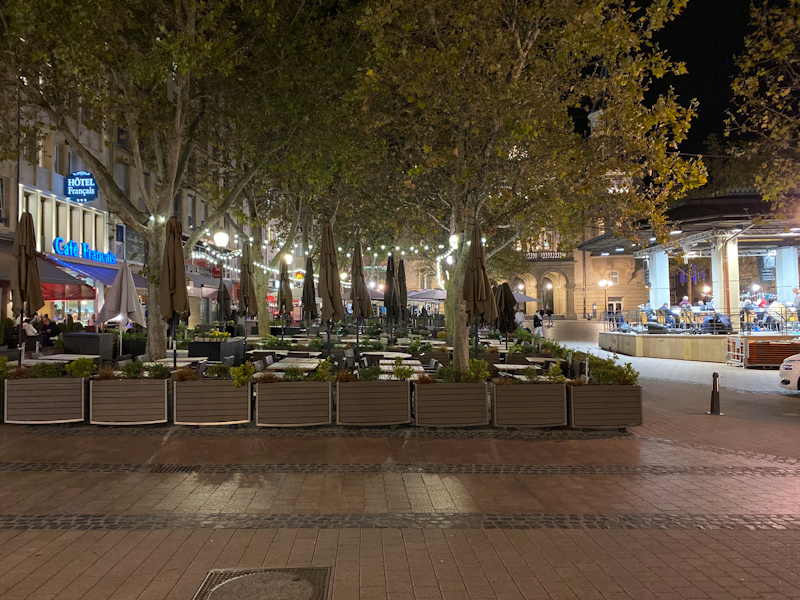
[ iPhone 11 Pro ] - [ iPhone XS ] - [ iPhone X ]
[ S10+(S) ] - [ S10+(E) ]
[ Pixel 3 ] - [ Mate 30 Pro ]
[ P30 Pro ] - [ Xperia 1 ] - [ G8 ]
Starting off with a low-light, yet still artificially illuminated scenario, we encounter the first aspect of Apple’s new camera: the night mode isn’t a dedicated mode that one can manually select. Rather, it's a mode that gets triggered automatically depending on the ambient light detected by the phone. In this scene, there was too much light available, and as such the phone wasn't able to trigger Night mode.
That isn’t to day that the iPhone falls behind, the main camera is still very much able to produce some excellent results. In such medium light scenarios, the telephoto lens’ wider aperture now allows the camera to actually use the module rather than falling back to the main sensor and cropping the scene, which is what the XS did.
Unfortunately, the wide-angle lens’ results here are just bad and it’s all just blurry. Huawei and Samsung clearly both dominate here in terms of low-light quality, with either better sensors such as the Mate 30 Pro, or making use of Night Mode on the wide-angle unit, something which isn’t available for the iPhone 11.
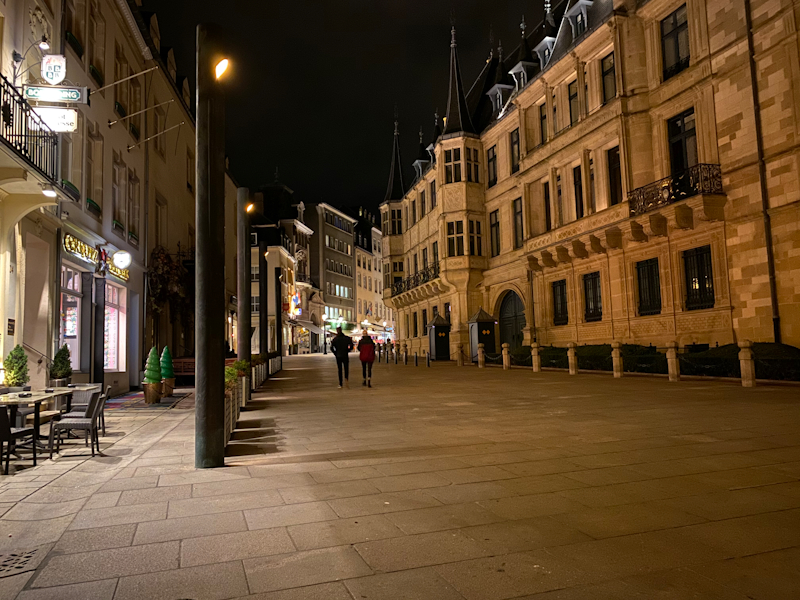
[ iPhone 11 Pro ] - [ iPhone XS ] - [ iPhone X ]
[ S10+(S) ] - [ S10+(E) ]
[ Pixel 3 ] - [ Mate 30 Pro ]
[ P30 Pro ] - [Xperia 1 ] - [G8 ]
Going to a darker scene, we now finally see Apple’s Night Mode in action. Apple’s non-night mode shot is actually more representative of the actual brightness of the scene at the time, but Night Mode really improves the amount of detail throughout the scene. Apple’s implementation here is superior to Samsung’s and Google’s, as it’s able to retain more detail and has a better handling of the noise. Samsung has the odd situation that the new Night Mode on the Snapdragon variants is inferior in quality to the Exynos based models, making things quite blurry. Huawei’s specialized low light RYYB sensor still is the best low-light camera.
It’s odd to see that Apple’s algorithm doesn’t attempt to bring down the highlights, as such the signs on the left which are still very much blown out and overexposed.
I tried to capture a picture with the Night Mode exposure set to the very maximum 10 seconds as made available in Apple’s camera UI, however the end result was always repeatedly always capped at the exposure the camera automatically selected, even if it did appear as if it’s capturing a 10 second shot. I retested this on the newest iOS 13.2 and things did change, as it was indeed able to capture a very different shot – so it seems the Night Mode behavior on iOS 13.1 is still bugged.
The iPhone’s 11 series' wide-angle module continues to be pretty terrible in low-light.
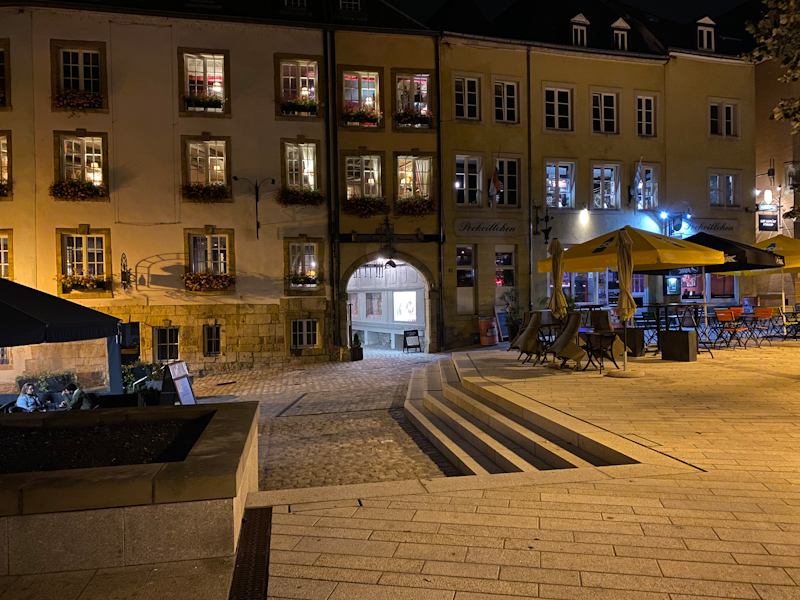
[ iPhone 11 Pro ] - [ iPhone XS ] - [ iPhone X ]
[ S10+(S) ] - [ S10+(E) ]
[ Pixel 3 ] - [ Mate 30 Pro ]
[ P30 Pro ] - [ Xperia 1 ] - [ G8 ]
Apple’s night mode here continues to impress as it’s able to reproduce an excellent representation of the scene with a lot of detail. Google’s Night Sight is comparable, or even better, in detail, however the colors are too vivid.
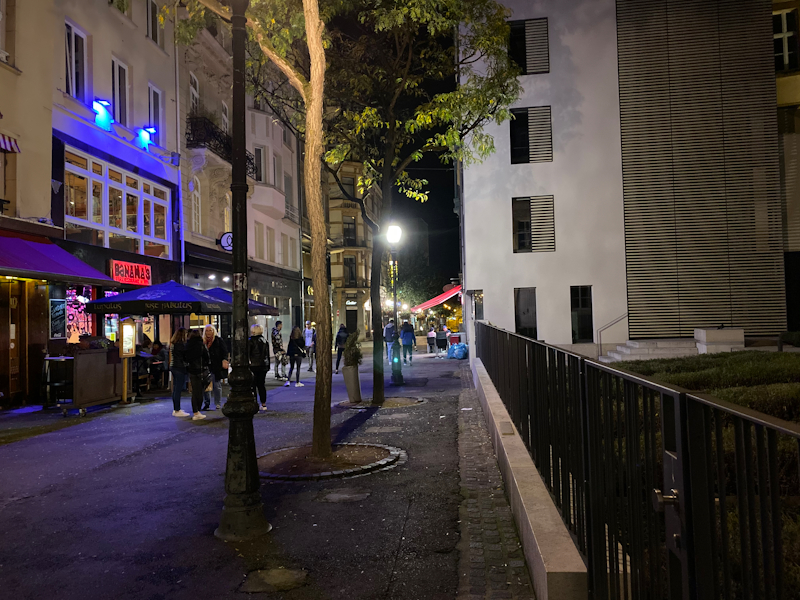
[ iPhone 11 Pro ] - [ iPhone XS ] - [ iPhone X ]
[ S10+(S) ] - [ S10+(E) ]
[ Pixel 3 ] - [ Mate 30 Pro ]
[ P30 Pro ] - [ Xperia 1 ] - [ G8 ]
We continue to observe that in more well-lit scenarios that the night mode doesn’t engage. Even without it, the new iPhone 11 is an improvement over the XS.
The wide-angle module remains terrible and frankly I’m a bit puzzled why it does so bad even in a more well-lit scene like this one. The phone gets pretty much embarrassed by all the other devices.
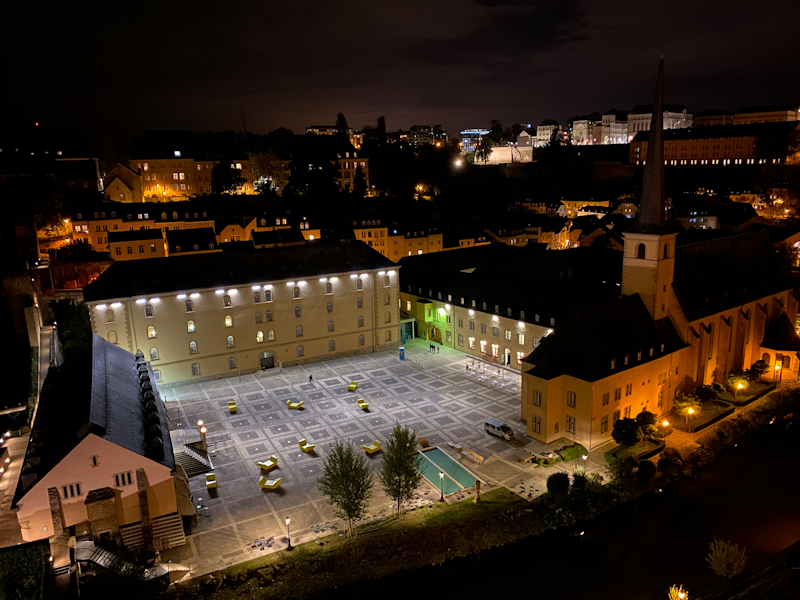
[ iPhone 11 Pro ] - [iPhone XS ] - [iPhone X ]
[ S10+(S) ] - [ S10+(E) ]
[ Pixel 3 ] - [ Mate 30 Pro ]
[ P30 Pro ] - [Xperia 1 ] - [G8 ]
One thing we notice about the new Night Mode is that it’s not really able to bring out details in areas where the sensor doesn’t see anything. For example, in this scene the roof of the abbey remains clipped to black, while other devices such as the S10 or the Pixel are able to bring out the roof’s structure and details. The darker it gets, and as long as there’s some brighter elements to the scene, we’re seemingly hitting dynamic range limitations on Apple’s night mode.
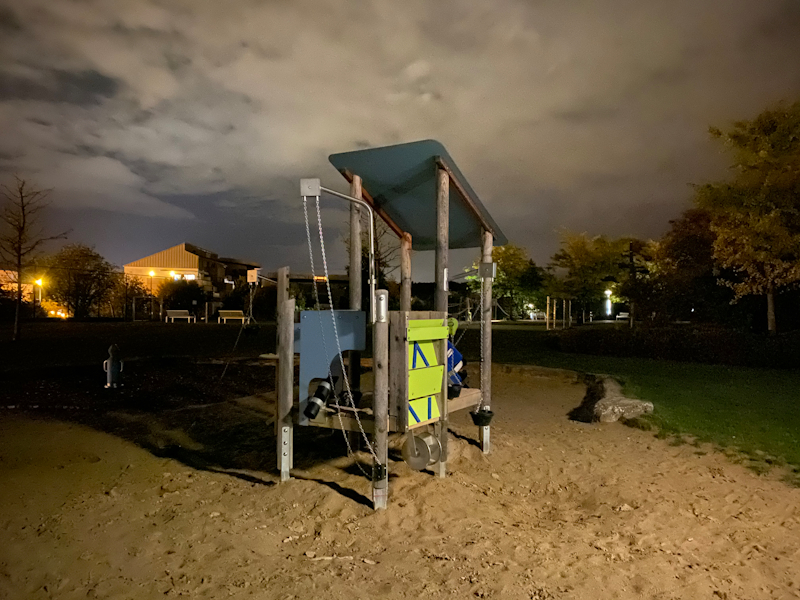
[ iPhone 11 Pro ] - [ iPhone XS ] - [ iPhone X ]
[ S10+(S) ] - [ S10+(E) ]
[ Pixel 3 ] - [ Mate 30 Pro ]
[ P30 Pro ] - [ Xperia 1 ] - [ G8 ]
In more uniformly dark areas, the iPhone is able to extract a ton of light, but in areas where the sensor just isn’t sensitive enough and it’s not able to provide any data for the algorithm to accumulate over time, it leads in some odd looking results such as this extremely pronounced shadow of the play castle.
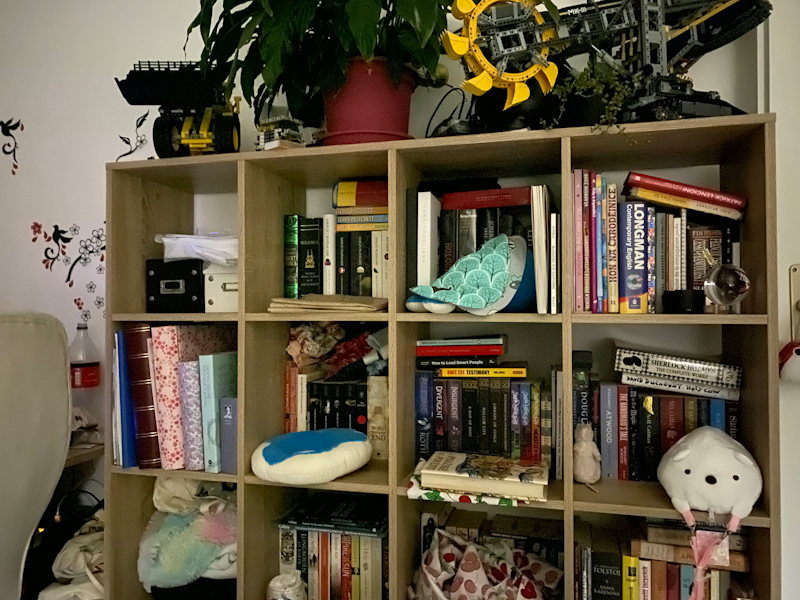
[ iPhone 11 Pro ] - [ iPhone XS ] - [ iPhone X ]
[ S10+(S) ] - [ S10+(E) ]
[ Pixel 3 ] - [ Mate 30 Pro ]
[ P30 Pro ] - [ Xperia 1 ] - [ G8 ]
Here again, in a very uniformly lit but still extremely dim scene, the iPhone 11 is able to bring out a ton of light and the result here is significantly brighter than how the scene was in reality. The iPhone beats Google and Samsung in terms of detail and only Huawei’s devices remain as the better rivals.
Low Light Conclusion – A Much Needed Feature Added, Wide Angle Lacking
Overall, Apple’s addition of the new night mode very much elevates the camera capture ability of the iPhone 11 series. It was as solemnly needed feature given that almost all other vendors in the industry have embarked on the computational photography train.
Apple’s implementation shines in a few regards: First of all the fact that it gets selected automatically rather than it being a dedicated mode that you have to switch to is a significant plus. as well as a very large practical advantage over other vendor’s camera experiences.
Quality-wise the pictures that the iPhone 11 series is able to produce in low light is top of the line and is challenged only by Huawei’s massive specialized camera sensors in terms of detail that it’s able to capture. There are a few limitations – for example the phone isn’t able to bring out details in areas where the sensor just doesn’t see anything, particularly scenes with brighter objects requiring a wider dynamic range in the capture is where things hit a snag, although details are still excellent even in these scenarios.
The biggest disappointment was the wide-angle camera. Here it’s not only that Apple’s night mode photography isn’t available for this unit, but the module doesn’t even compete against phones without their respective night modes enabled. So the iPhone 11 series is utterly put to shame when they do enable it. I do hope Apple is able to iterate on its processing for this unit as currently it’s just outright terrible and not competitive.
I do have a feeling that we’ll be seeing further updates and improvements from Apple in improving the various aspect of the camera. Already I did notice that iOS13.2 fixes exposures longer than 3 seconds for the night mode, and there’s of course the question of how Deep Fusion behaves in low-light scenarios where the night mode doesn’t kick in.










242 Comments
View All Comments
Narg - Thursday, October 17, 2019 - link
Very poor review. Seems this reviewer has a complex, and one that doesn't bode well for an average consumer.WuMing2 - Thursday, October 17, 2019 - link
Could anybody point out a -professional- use case for a $1k smartphone? Because I call, text, surf, recognize, edit, share and snap perfectly useless pictures with iOS 13...on iPhone 6s.I believe few years back the peak of refinement for common functions has been reached for 99% of users. And all smartphone vendors are burning insane amounts of resources to solve non-existing problems. While some very obvious ones - as system-wide annotations of info and objects to personalize and learn as we commonly do in the real world - are still missing. To their credit Apple employees achieve that with the most tasteful and responsible of products.
hlovatt - Thursday, October 17, 2019 - link
Great review. Really enjoyed the in-depth analysis of the CPU.It is interesting that the wide angle camera is treated so differently than the other two in low light.
On the subject of the Camera, does any one know the:
1. Bust frame rate?
2. The live photo frame rate?
primet - Friday, October 18, 2019 - link
not sure why anandtech insist of calling the ultra wide as wide angle.The_Assimilator - Friday, October 18, 2019 - link
While I may loathe Apple as a company for its rubbish products, overhyped designs, predatory repair practices, eocsystem lock-in, and ridiculous price-gouging...I cannot help but give kudos to Apple's CPU design team. Sure, Arm is not x86 in terms of complexity, but the fact that Apple has a chip that is both far faster and far more power-efficient than their Android competition, that is using the same underlying architecture, is incredibly impressive. Equally impressive is that they have managed to maintain this dominance over multiple generations, and that the competition still seems as far away from catching up as ever.
joms_us - Friday, October 18, 2019 - link
If you haven't seen speed tests for the last 2-3 years, iPhone is lagging vs competition. Even the iPhone 11 is slower than iPhone XS.Oyeve - Friday, October 18, 2019 - link
Yet in the real world some other phones open and/or maintain speed faster than IP11.varase - Friday, October 18, 2019 - link
Chart: The iPhone 11's IP68 is only good for 2 meters for 30 minutes.darwiniandude - Friday, October 18, 2019 - link
Thanks for the awesomely detailed review and comparison. Well done, I appreciate the effort!mef - Friday, October 18, 2019 - link
Needless to say, outstanding analysis as usual!Kudos for the ton of painstaking work done to gather and compare all the numbers, images, etc. It's not very precise for a reviewer nor interesting for a savvy reader to just say that one device "feels fast enough”. Instead, taking the analysis to such a highly scientific level is really why I look forward to reading Anandtech’s insightful reviews ;-).